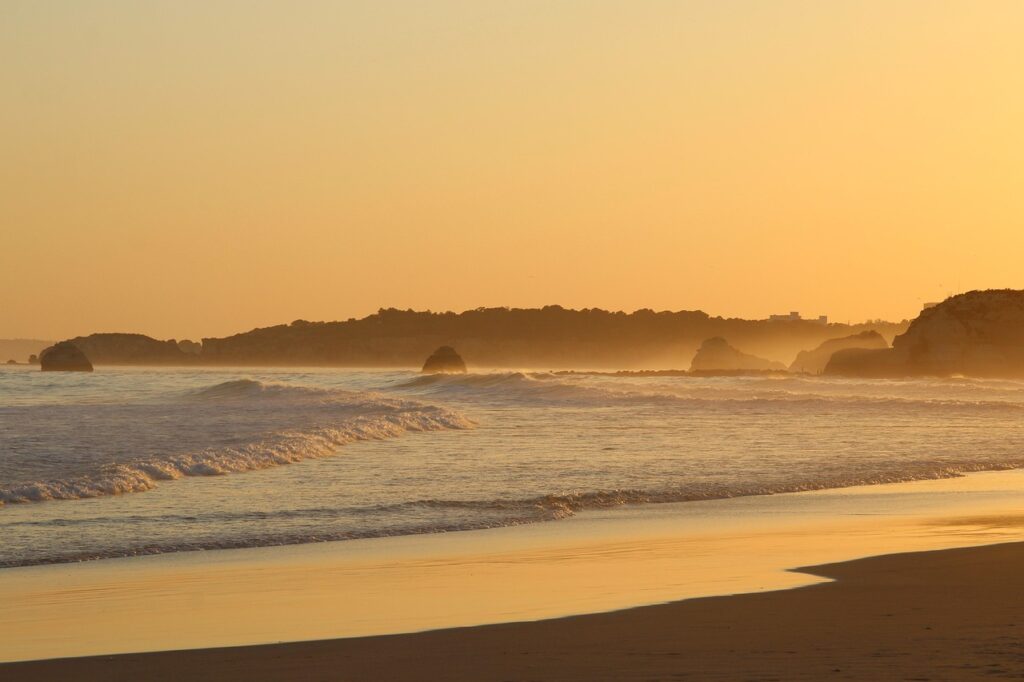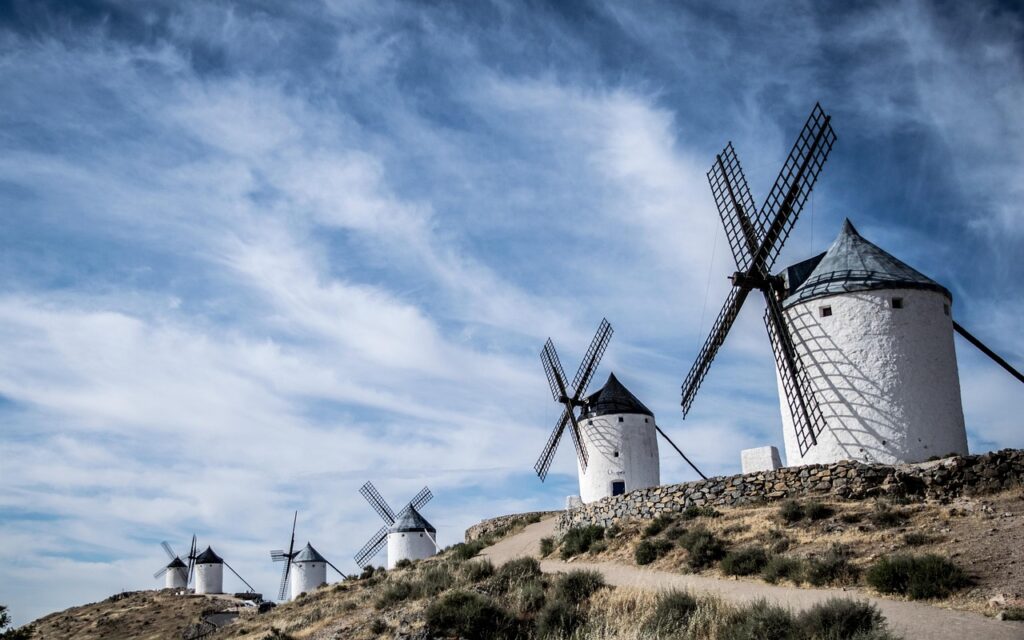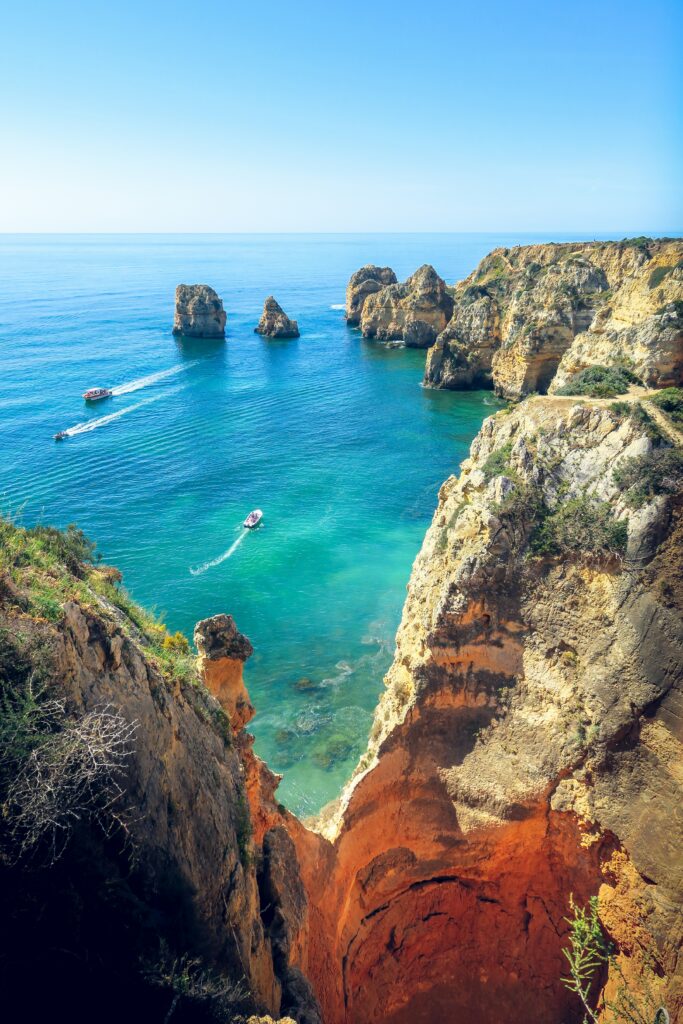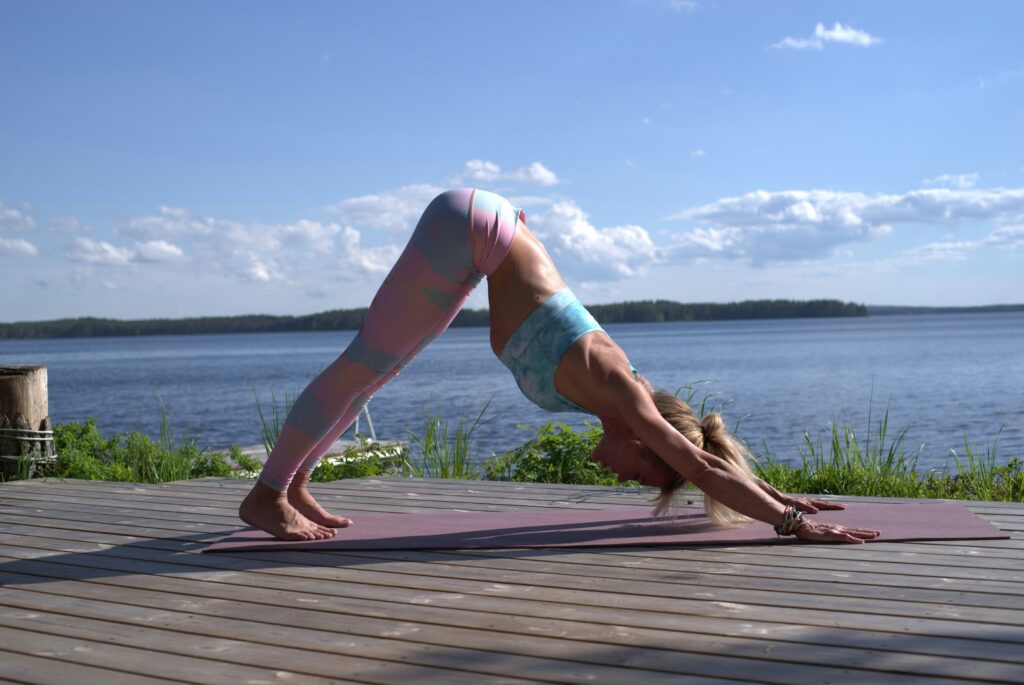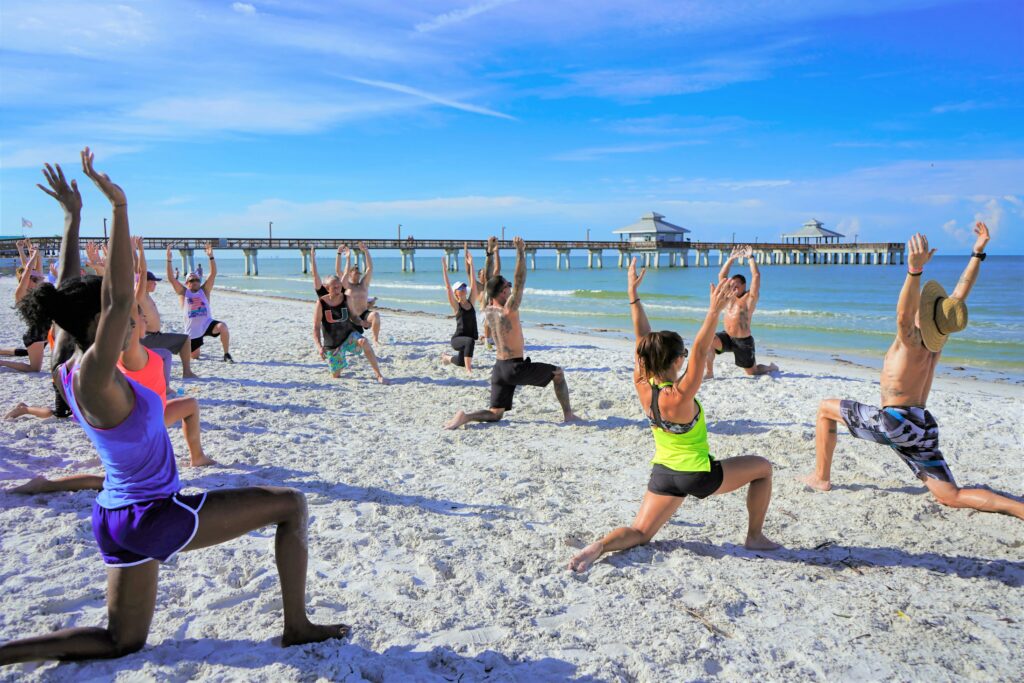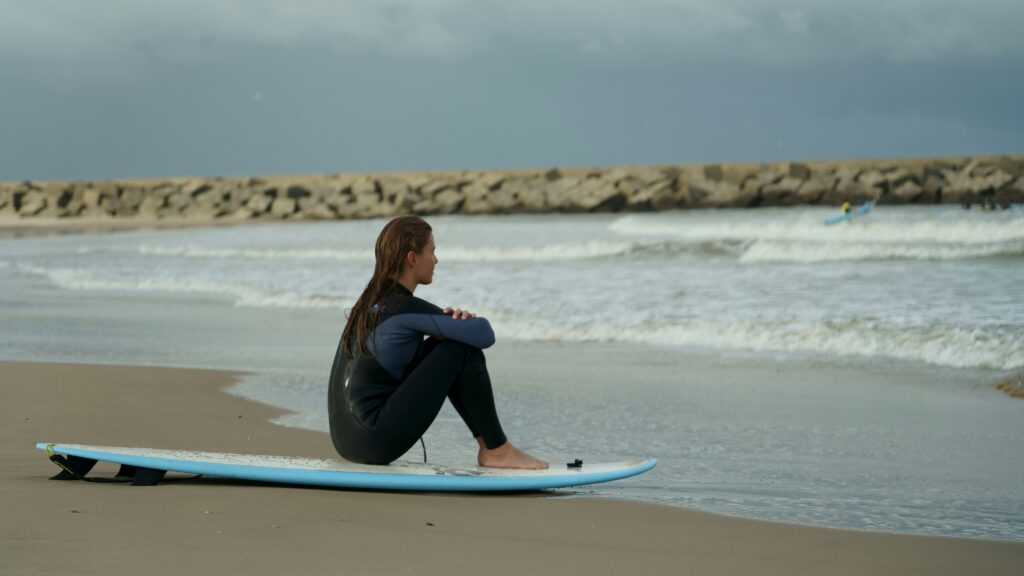When the Destination Becomes the Practice
Choosing a yoga retreat in Italy is not a logistical task — it’s an emotional decision disguised as one.
This is a country that doesn’t separate beauty from daily life, where food, rhythm, and architecture all teach what mindfulness looks like in motion.
So the right retreat isn’t only about where you go, but how you want to feel there.
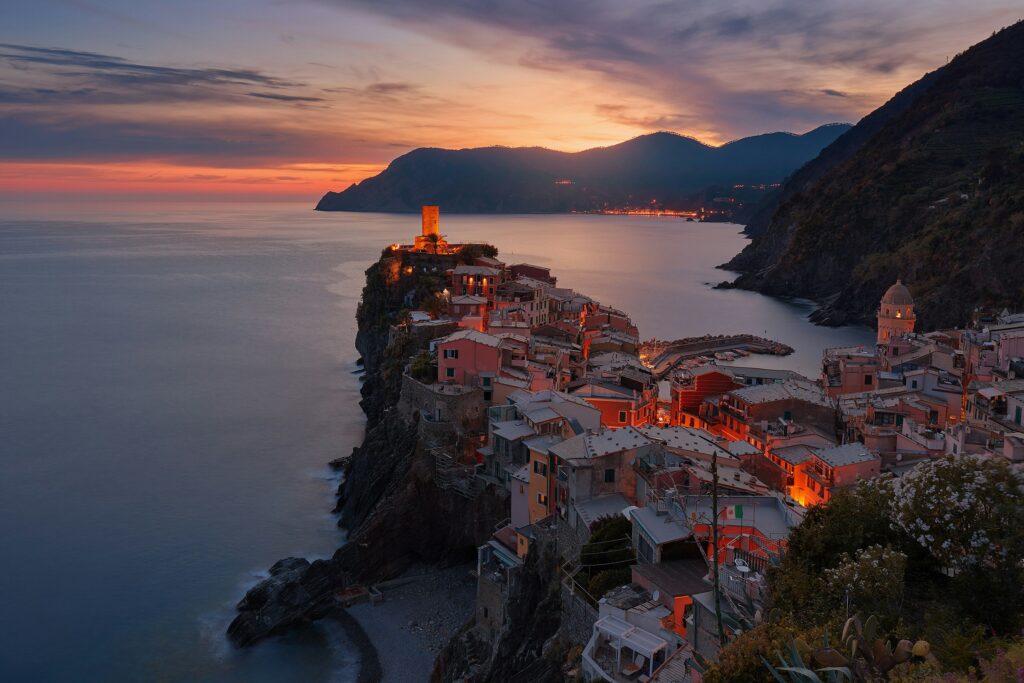
Maybe you crave stillness after years of speed.
Maybe you’re looking for renewal, not escape — a space to breathe differently, eat slowly, or remember what rested feels like.
Italy offers all of that — but the way it offers it is distinctly Italian: sensual, embodied, generous, and quietly disciplined.
Here’s how to choose a retreat that doesn’t just photograph well — but actually meets you where you are.
1. Begin With What You Need, Not What You See
It’s easy to be seduced by images of vineyards, infinity pools, and Tuscan sunsets.
But choosing a retreat from Instagram is like judging a book by its binding.
Ask yourself:
- Am I looking to rest or to learn?
- Do I need community or solitude?
- Am I drawn to structure or freedom?
Italy has both kinds of retreats — and the energy you bring will define your experience more than the view outside.
If you’re burned out, go for something rural, quiet, and minimal.
If you’re in transition — after a breakup, job change, or creative shift — a retreat with workshops or coaching might help you process, not just rest.
And if you simply need to feel alive again, coastal or island retreats balance yoga with dance, surf, or exploration — a gentle reminder that joy can be mindful too.
2. Match the Landscape to Your Inner Weather
Italy’s geography is like a mirror of emotions — wide and varied.
Each region carries a mood, and the landscape you choose will influence your inner work.
| Region | Atmosphere | Ideal For |
|---|---|---|
| Tuscany | Golden, grounded, timeless. | Slowing down, restorative practice, connecting with nature. |
| Umbria | Quiet, monastic, spiritual. | Reflection, meditation, solo retreats. |
| Amalfi Coast | Vibrant, sensual, luminous. | Creative renewal, heart-opening experiences. |
| Sicily | Fiery, cultural, elemental. | Transformation, energy, emotional release. |
| Dolomites | Cool, pure, elevated. | Breathwork, hiking, clarity, reconnecting to strength. |
| Puglia | Simple, whitewashed, coastal. | Balance, nourishment, clean living, minimalist luxury. |
Don’t underestimate this choice.
Practising in the shadow of mountains creates a completely different rhythm than practising by the sea.
Mountains teach discipline.
The coast teaches flow.
Choose the lesson your body is asking for.
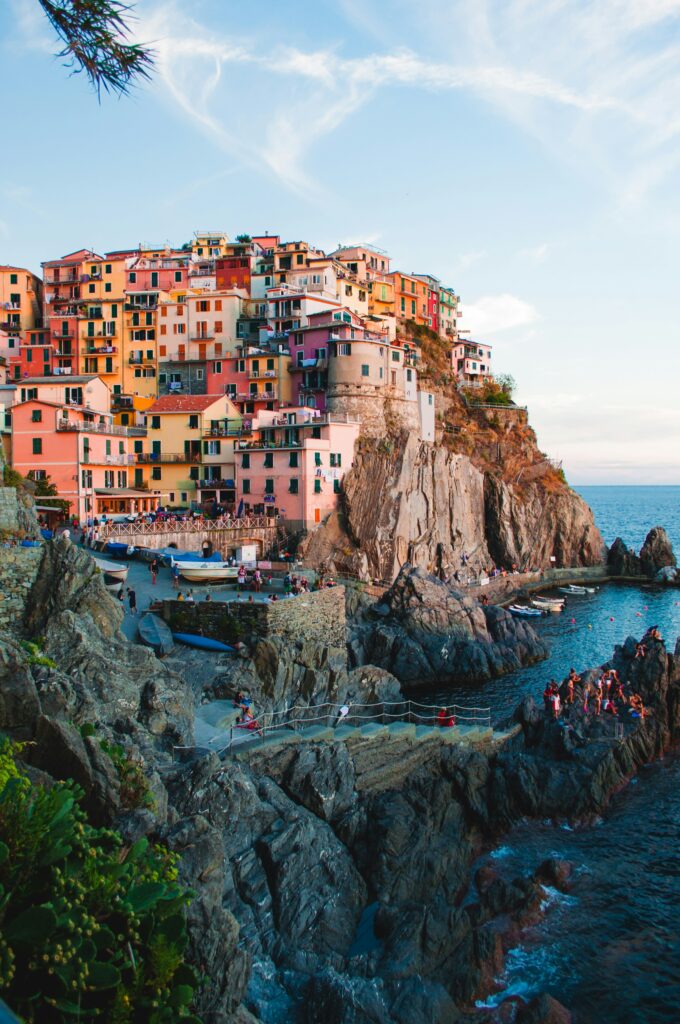
3. Understand the Italian Approach to Wellness
Italy doesn’t rush healing.
Wellness here isn’t a “reset” or a “challenge” — it’s an art of continuity.
You’ll find fewer bootcamps and more retreats built around lifestyle — organic food, naps, conversation, and long meals shared around communal tables.
Many Italian hosts are not entrepreneurs first but caretakers of land: yoga teachers who also tend olive trees, or chefs who trained in Ayurveda and cook from their gardens.
Expect balance, not branding.
That’s what makes Italian retreats unique — they don’t try to transform you overnight. They give you the conditions to soften into yourself.
4. Choose the Teaching, Not Just the Teacher
The best retreat leaders in Italy share a cultural quality: radicamento — rootedness.
Their teaching is less about athleticism and more about presence.
Before booking, read how they describe yoga.
Do they talk about alignment or awareness? Poses or philosophy?
Ask for the daily schedule.
If it includes silence, journaling, or long restorative sessions, it’s designed for inward growth.
If it mixes movement, adventure, or cooking, it’s experiential — more outward, embodied, joyful.
Neither is better; they simply suit different phases of life.
If you can, choose a retreat where the teacher lives part-time in Italy — those who know the land usually weave it into the practice beautifully.
5. Group Energy: Italy Teaches Community by Example
Retreats in Italy often revolve around shared meals — and that changes everything.
Here, food is meditation, conversation is therapy, and hospitality is a philosophy.
Group size matters more than luxury: eight to twelve people is perfect — large enough for diversity, small enough for trust.
You’ll likely sit at one long table each night, passing dishes family-style.
That’s not accidental — Italians believe healing happens through connection.
In these slow evenings, with candlelight, laughter, and the scent of rosemary lingering in the air, you realise mindfulness isn’t just breathwork — it’s belonging.
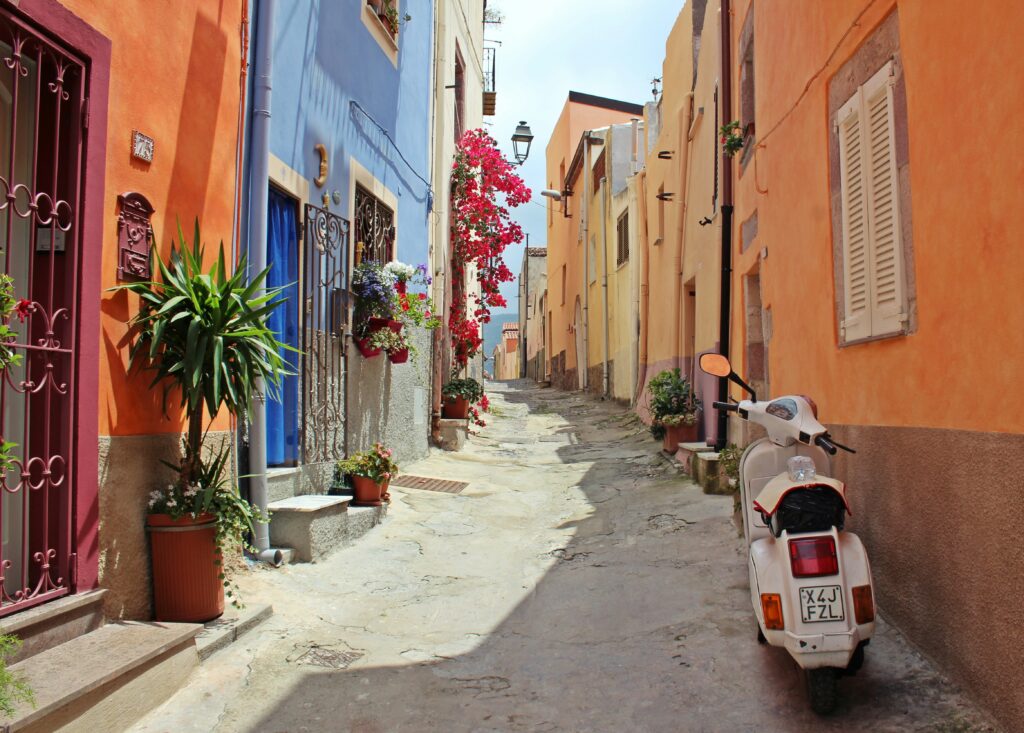
6. Time of Year: The Seasons as Teachers
Italy transforms with the calendar, and so should your choice.
- Spring (Mar–May): Best for renewal, clarity, and reawakening.
Ideal if you’re returning to practice after a pause. - Summer (Jun–Aug): Great for energy and expansion — beach yoga, sunrise flows, vibrant social atmosphere.
Perfect for extroverts or those seeking joy after heaviness. - Autumn (Sep–Nov): Deeply grounding; the harvest energy supports reflection and gratitude.
Ideal for integrating change or big life shifts. - Winter (Dec–Feb): Quiet, inner, meditative.
Perfect for study, writing, or advanced training in philosophy or teaching.
Let the season meet your state of mind.
Yoga, after all, is alignment — not just of body, but of timing.
7. Check the Values, Not the Décor
Italy can do beauty effortlessly — even modest places feel cinematic.
But focus on ethics over aesthetics.
Look for retreats that:
- Source food locally and reduce waste.
- Respect silence and balance group energy.
- Support local artisans and use regional materials.
- Value rest as much as achievement.
Ask small but telling questions:
“Where do your ingredients come from?”
“Who owns the property?”
“How are the teachers compensated?”
Sincerity answers itself through tone.
8. Logistics That Actually Matter
- Location: Trains connect most regions; aim for retreats within 2 hours of a major city (Florence, Rome, Naples, Bari).
- Language: Most teachers are bilingual, but check for Italian/English comfort in group sessions.
- Duration: Five to seven days is ideal — long enough for integration, short enough to stay present.
- Inclusions: Some retreats bundle excursions or treatments — others keep it pure yoga and rest. Pick what fits your energy, not your FOMO.
- Cost: Expect €1,000–€2,000 for mid-range, full-board retreats. Anything drastically cheaper may sacrifice quality; anything pricier should justify it with depth, not decor.
9. Intuition: Italy Speaks Through Feeling
At some point, all the lists blur.
That’s when you close your eyes and imagine arriving.
Do you see yourself walking barefoot on stone floors or floating in sea light?
Do you crave quiet meals or conversations under grapevines?
Your intuition knows the rhythm you need — Italy simply amplifies it.
Every region has its own heartbeat, and when you find the right one, you’ll feel it before you even land.
Conclusion — Choosing Connection Over Perfection
The right yoga retreat in Italy will never be the “best” one — it’ll be the one that meets you, exactly as you are.
It won’t demand you to be flexible or fluent or spiritually advanced.
It will ask only that you show up honestly — with curiosity, tiredness, laughter, or even doubt.
You’ll find your stillness in the way morning light falls across terracotta tiles, or in the silence that follows shared laughter.
And when you leave, the lesson you carry won’t be how to pose better or eat cleaner.
It’ll be something quieter: that balance, like Italy itself, was never about control — it was always about grace.

